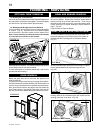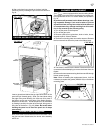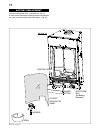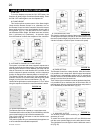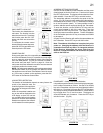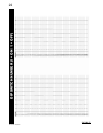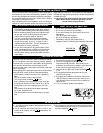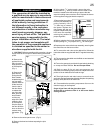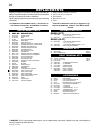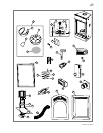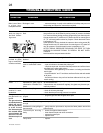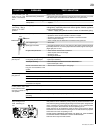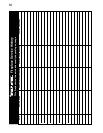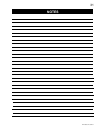Special offers from our partners!

Find Replacement BBQ Parts for 20,308 Models. Repair your BBQ today.
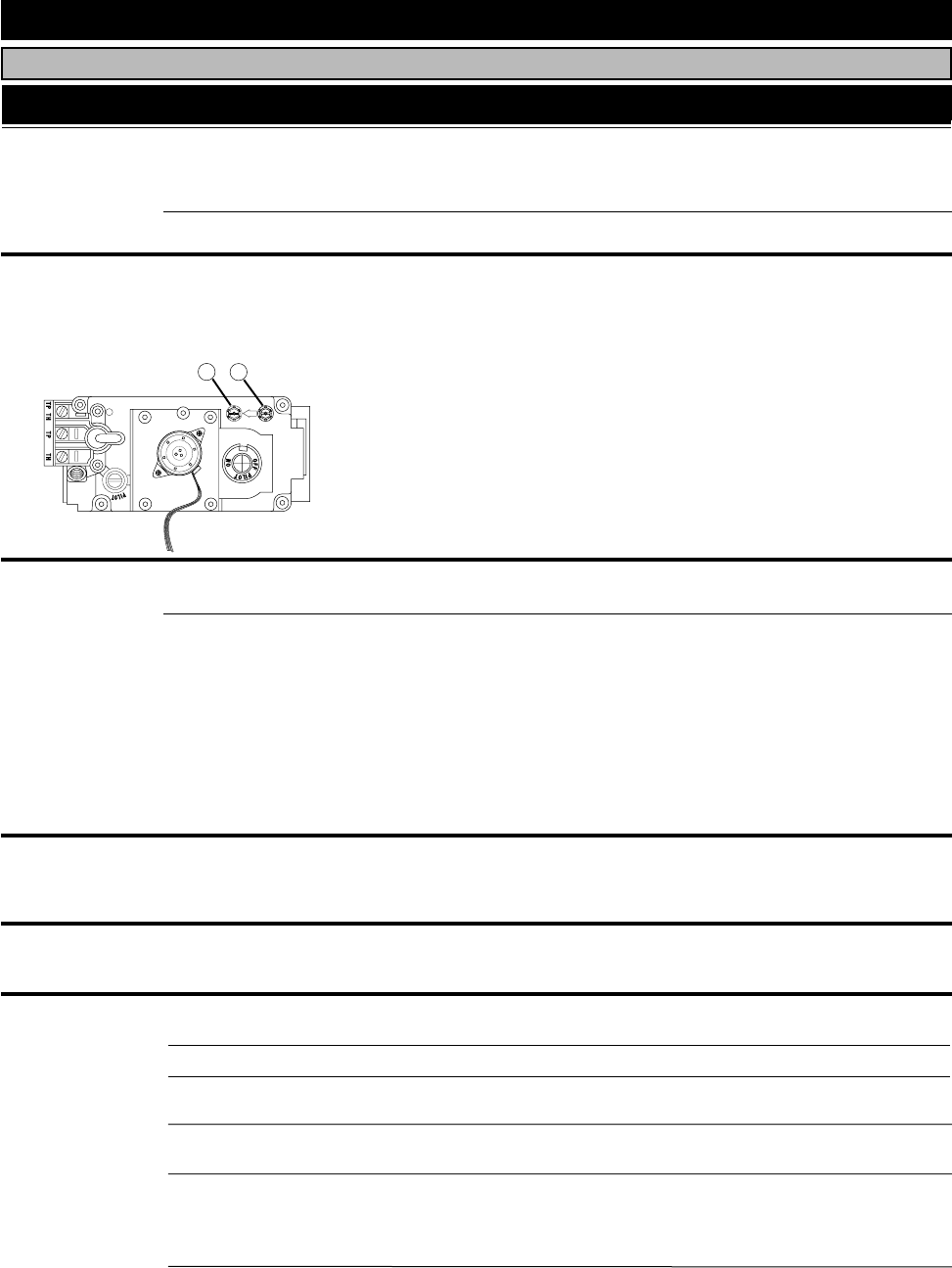
28
W415-0583 / B / 05.23.07
White / grey film
forms.
Sulphur from fuel is being
deposited on glass, logs or
combustion chamber sur-
faces.
- clean the glass with a gas fi replace glass cleaner. DO NOT CLEAN
GLASS WHEN HOT.
If deposits are not cleaned off regularly, the glass may become per-
manently marked.
Carbon is being de-
posited on glass,
logs or combustion
chamber surfaces.
Flame is impinging on the
rocks or combustion cham-
ber.
- check that the bowl and rockset are correctly positioned.
- open air shutter to increase the primary air.
- check the input rate: check the manifold pressure and orifi ce size as
specifi ed by the rating plate values.
- check that the door gasketing is not broken or missing and that the
seal is tight.
- check that both 4” and 7” vent liners are free of holes and well sealed
at all joints.
- check that minimum rise per foot has been adhered to for any hori-
zontal venting.
Air shutter has become
blocked
- ensure air shutter opening is free of lint or other obstructions.
Pilot goes out when
the gas knob is re-
leased.
The gas valve has
an interlock device
which will not al-
low the pilot burn-
er to be lit until
the thermocouple
has cooled. Allow
approximately 60
seconds for the
thermocouple to
cool.
System is not correctly
purged.
- purge the gas line with the glass door open.
Out of propane gas. - fi ll the tank.
Pilot flame is not large
enough
- turn up the pilot fl ame.
- gently twist the pilot head to improve the fl ame pattern around the
thermocouple.
Pilot fl ame is not engulfi ng the
thermocouple.
Thermocouple shorting /
faulty.
- loosen and tighten thermocouple.
- clean thermocouple and valve connection.
- replace thermocouple.
- replace valve.
Faulty valve.
- replace.
Main burner fl ame
is a blue, lazy,
transparent fl ame.
Blockage in vent.
- remove blockage. In really cold conditions, ice buildup may occur on
the terminal and should be removed as required.
Incorrect installation.
- refer to Figure 13 to ensure correct location of storm collars.
Flames are consis-
tently too large or
too small. Carbon-
ing occurs.
- check pressure readings:
Inlet pressure can be checked by turning screw (A) counter-clockwise
2 or 3 turns and then placing pressure gauge tubing over the test point.
Gauge should read 7” (minimum 4.5”) water column for natural gas or
13” (11” minimum) water column for propane. Check that main burner
is operating on “HI”.
Outlet pressure can be checked the same as above using screw (B).
Gauge should read 3.5” water column for natural gas or 10” water col-
umn for propane. Check that main burner is operating on “HI”.
AFTER TAKING PRESSURE READINGS, BE SURE TO TURN
SCREWS CLOCKWISE FIRMLY TO RESEAL. DO NOT OVER-
TORQUE.
Leak test with a soap and water solution.
Unit is over-fi red or under-
fi red.
A
B
Exhaust fumes
smelled in room,
headaches.
Fireplace is spilling. - check door seal and relief fl ap seal.
- check for chimney blockage
- check that the paint curing process is complete
TROUBLE SHOOTING GUIDE
SYMPTOM PROBLEM TEST SOLUTION
BEFORE ATTEMPTING TO TROUBLESHOOT, PURGE YOUR UNIT AND INITIALLY LIGHT THE PILOT AND THE MAIN BURNER WITH THE GLASS DOOR OPEN.



